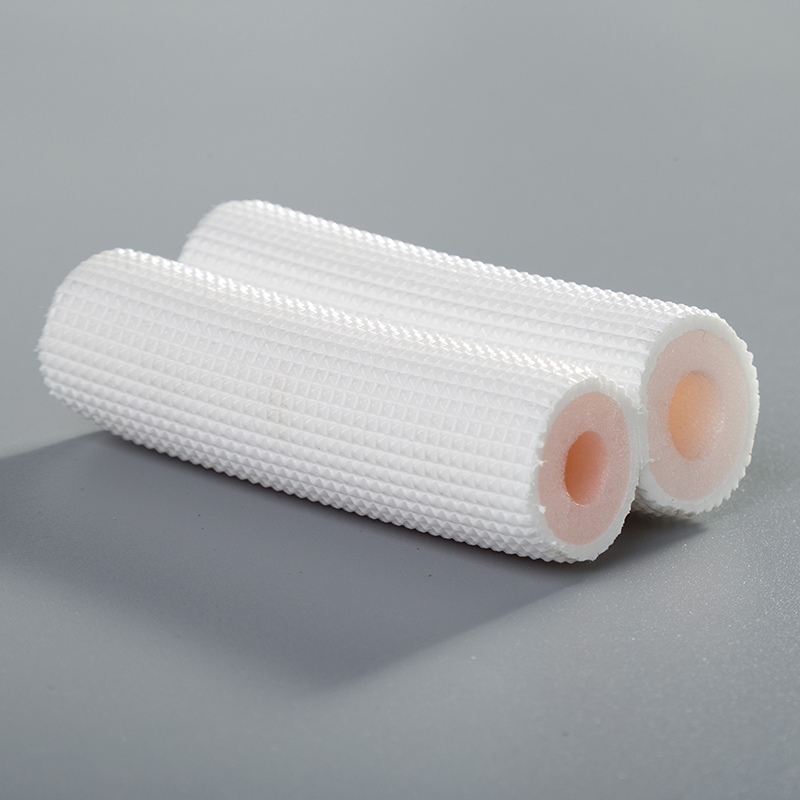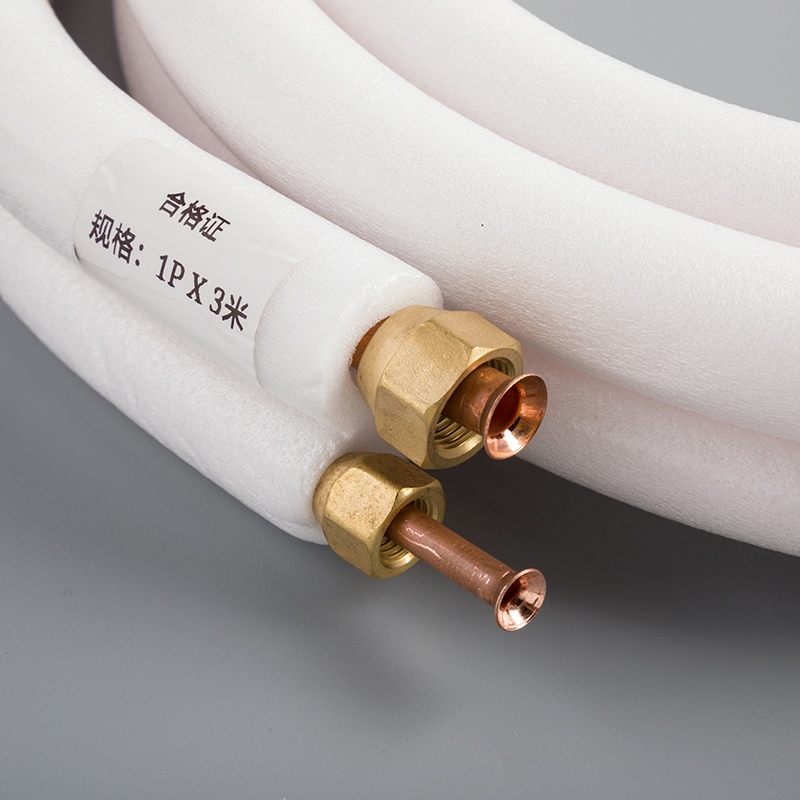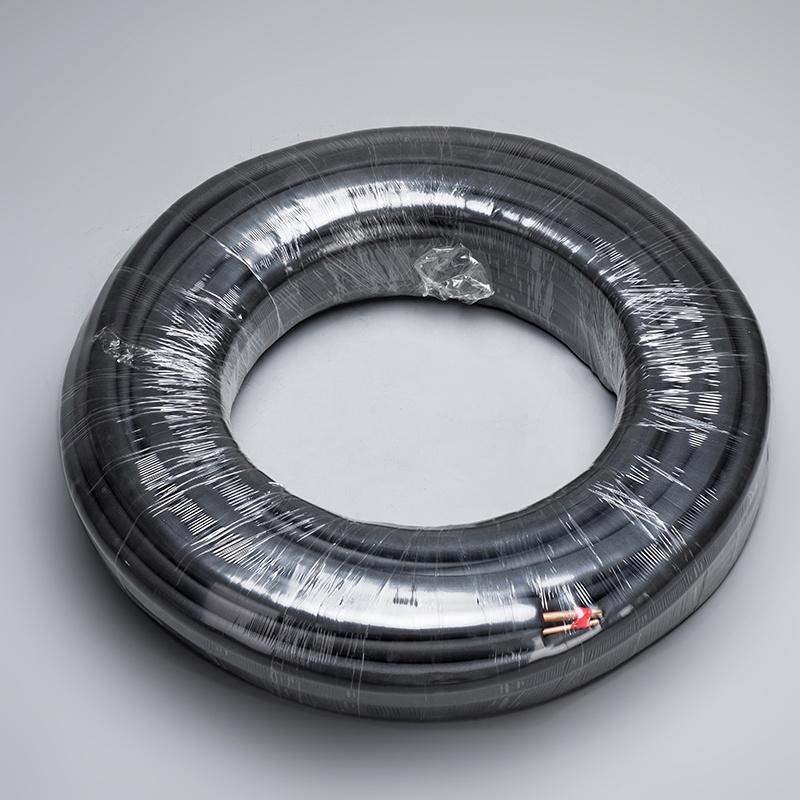How to Use HVAC Copper Fittings: A Step-by-Step Guide

In modern buildings, HVAC systems play a pivotal role in maintaining comfortable indoor environments while managing energy consumption efficiently. Copper fittings are indispensable components within HVAC systems, ensuring seamless operations and optimal performance. This Comprehensive Guide will delve into the significance of HVAC copper fittings, their various types, materials, and applications in both residential and commercial settings. By the end of this guide, readers will gain valuable insights into utilizing HVAC copper fittings effectively for successful system installations and repairs.
Understanding HVAC Copper Fittings
Types of Copper Fittings
Copper fittings are crucial components in HVAC systems, offering versatility and reliability. Here are the various types of copper fittings commonly used:
Elbows
Elbows are essential for changing the direction of copper pipes efficiently.
They come in different angles to suit various installation needs.
Street-Elbows
Street-elbows are a type of elbow with one male end for easy connection.
They facilitate seamless transitions between different pipe sizes.
Tees
Tees allow the division of copper pipes into two separate lines.
They are vital for branching out pipelines effectively.
Couplings
Couplings join two copper pipes together securely.
They ensure leak-proof connections within HVAC systems.
Slip Couplings
Slip couplings provide a convenient way to repair or extend copper pipes without soldering.
They offer flexibility during installations and repairs.
Caps
Caps seal off the end of a copper pipe, preventing leaks and ensuring system integrity.
They are essential for closing off unused pipe ends securely.
Threaded Adapters
Threaded adapters enable connections between copper pipes and other materials like steel or PVC.
They enhance the adaptability of HVAC systems to meet specific requirements.
Materials and Specifications
When it comes to Copper Grades and Sizing Standards, understanding these aspects is crucial for efficient HVAC system design:
Copper Grades
Type A: Known for its high resilience and durability, suitable for various applications.
Type B: Offers excellent corrosion resistance, ideal for outdoor HVAC installations.
Sizing Standards
Copper fittings adhere to standard sizing specifications based on pipe diameters.
Choosing the correct size ensures proper flow rates and optimal system performance.
Applications in HVAC Systems
Copper fittings find extensive use across different HVAC applications due to their exceptional properties:
Residential HVAC
In homes, copper fittings are preferred for their longevity and resistance to corrosion.
They ensure reliable connections that last for years without maintenance issues.
Commercial HVAC
Commercial buildings benefit from the durability of copper fittings in demanding environments.
These fittings provide consistent performance under varying temperature conditions.
High-Pressure HVAC/R Applications
ACR copper fittings excel in high-pressure settings common in refrigeration systems.
Their robust construction withstands extreme conditions, ensuring system efficiency.
Tools and Materials Needed

Essential Tools
Pipe Cutters
Pipe cutters are essential tools for accurately cutting copper pipes to the required lengths.
They ensure precise cuts, which are crucial for seamless fitting installations.
Using a pipe cutter minimizes the risk of uneven edges that can affect the integrity of connections.
Flaring Tools
Flaring tools are indispensable for creating flare fittings on copper pipes.
They enable the easy formation of flared ends, necessary for leak-proof connections.
With flaring tools, technicians can quickly and efficiently prepare pipes for fittings without compromising quality.
Brazing Equipment
Brazing equipment is vital for securely joining copper fittings through brazing techniques.
It provides the necessary heat to melt the filler metal, creating strong and durable connections.
Proper use of brazing equipment ensures reliable joints that withstand the demands of HVAC systems.
Safety Equipment
Gloves
Gloves are crucial safety gear to protect hands from sharp edges and hot surfaces during installations.
They offer a barrier against potential injuries and ensure a secure grip when handling materials.
Wearing gloves is essential to maintain safety standards and prevent accidents in HVAC work environments.
Safety Glasses
Safety glasses shield the eyes from debris, sparks, and other hazards present during fitting installations.
They provide necessary eye protection against potential injuries from soldering or brazing activities.
Technicians should always wear safety glasses to safeguard their vision while working with copper fittings.
Respirators
Respirators are vital for protecting against fumes and harmful particles produced during brazing processes.
They ensure clean air intake, preventing inhalation of hazardous substances that may be present in HVAC environments.
Using respirators is critical to maintaining respiratory health and safety standards in HVAC workspaces.
Step-by-Step Installation Guide

Preparing the Copper Pipes
Measuring and Cutting
To start the installation process, accurately measure and cut the copper pipes to the required lengths. This ensures a precise fit for seamless connections with HVAC Copper Fittings.
Deburring and Cleaning
After cutting the pipes, deburr and clean the edges thoroughly. Removing any burrs or rough edges is essential to guarantee smooth fittings and prevent potential leaks in the system.
Assembling the Fittings
Dry Fitting
Before finalizing the connections, perform a dry fitting of the HVAC Copper Fittings on the prepared pipes. This step allows you to ensure proper alignment and make any necessary adjustments before securing the fittings permanently.
Soldering/Brazing
Once satisfied with the dry fitting, proceed to solder or braze the connections. Heating the joint and applying solder creates a strong bond between the copper pipes and fittings, ensuring a durable and leak-free connection vital for HVAC system efficiency.
Using Compression Fittings
Alternatively, you can opt for compression fittings as a solder-free method of joining copper pipes. Compression fittings provide a reliable and straightforward way to connect pipes without compromising on strength or durability.
Testing the Connections
Pressure Testing
After assembling all HVAC Copper Fittings, conduct a pressure test to check for any leaks or weak points in the system. Pressurizing the system helps identify potential issues before full operation, ensuring optimal performance and preventing future problems.
Leak Detection
In addition to pressure testing, perform a thorough leak detection procedure to pinpoint any areas of concern within the system. Detecting and addressing leaks promptly is crucial for maintaining system integrity and preventing damage from water seepage.
Maintenance and Troubleshooting
Regular Maintenance Tips
Inspecting for Leaks
To maintain the efficiency of HVAC Copper Fittings, regular inspections for leaks are essential. Begin by visually examining all connections for any signs of moisture or water stains. Use a solution of soapy water to detect even the smallest leaks, indicated by bubbles forming at the fittings. Addressing leaks promptly ensures optimal system performance and prevents potential damage.
Cleaning and Replacing Fittings
Periodic cleaning of HVAC Copper Fittings is crucial for their longevity and functionality. Use a soft cloth to wipe off any dust or debris that may accumulate on the fittings. Additionally, consider replacing fittings that show signs of corrosion or damage to prevent future issues. Proper maintenance guarantees the seamless operation of HVAC systems.
Common Issues and Solutions
Leaks
Leaks in HVAC Copper Fittings can compromise system efficiency if left unattended. Identify the source of the leak by conducting a thorough inspection of all connections. Tighten loose fittings or replace damaged ones to resolve leakage issues effectively. Regular maintenance and prompt leak detection are key to preventing further damage.
Corrosion
Corrosion can deteriorate HVAC Copper Fittings over time, leading to weakened connections and potential leaks. Prevent corrosion by keeping fittings dry and free from moisture exposure. Apply anti-corrosion solutions or coatings to protect fittings in high-humidity environments. Timely intervention can extend the lifespan of copper fittings and ensure optimal performance.
Improper Fitting Sizes
Using incorrect sizes of HVAC Copper Fittings can result in poor connections and system inefficiencies. Verify that fittings match the pipe diameters precisely to avoid compatibility issues. Replace improperly sized fittings with the correct ones to maintain seamless flow within the HVAC system. Choosing the right fitting sizes is critical for overall system functionality.
Regular maintenance of HVAC systems is crucial for ensuring efficiency and longevity. Proper upkeep not only saves energy but also enhances system performance. High-performance HVAC systems are vital for managing energy consumption effectively, leading to cost savings and sustainable operations. By following this comprehensive guide on HVAC copper fittings, readers can achieve successful installations and repairs, ultimately optimizing their HVAC system's functionality and lifespan. Remember, proper installation and maintenance are key to a well-operating HVAC system.
See Also
Expert Guide to Mastering Copper Pipe Fittings
Top Tips for 1/4 Copper Pipe Fittings
Simple Guide to Installing AC Copper Tubes


